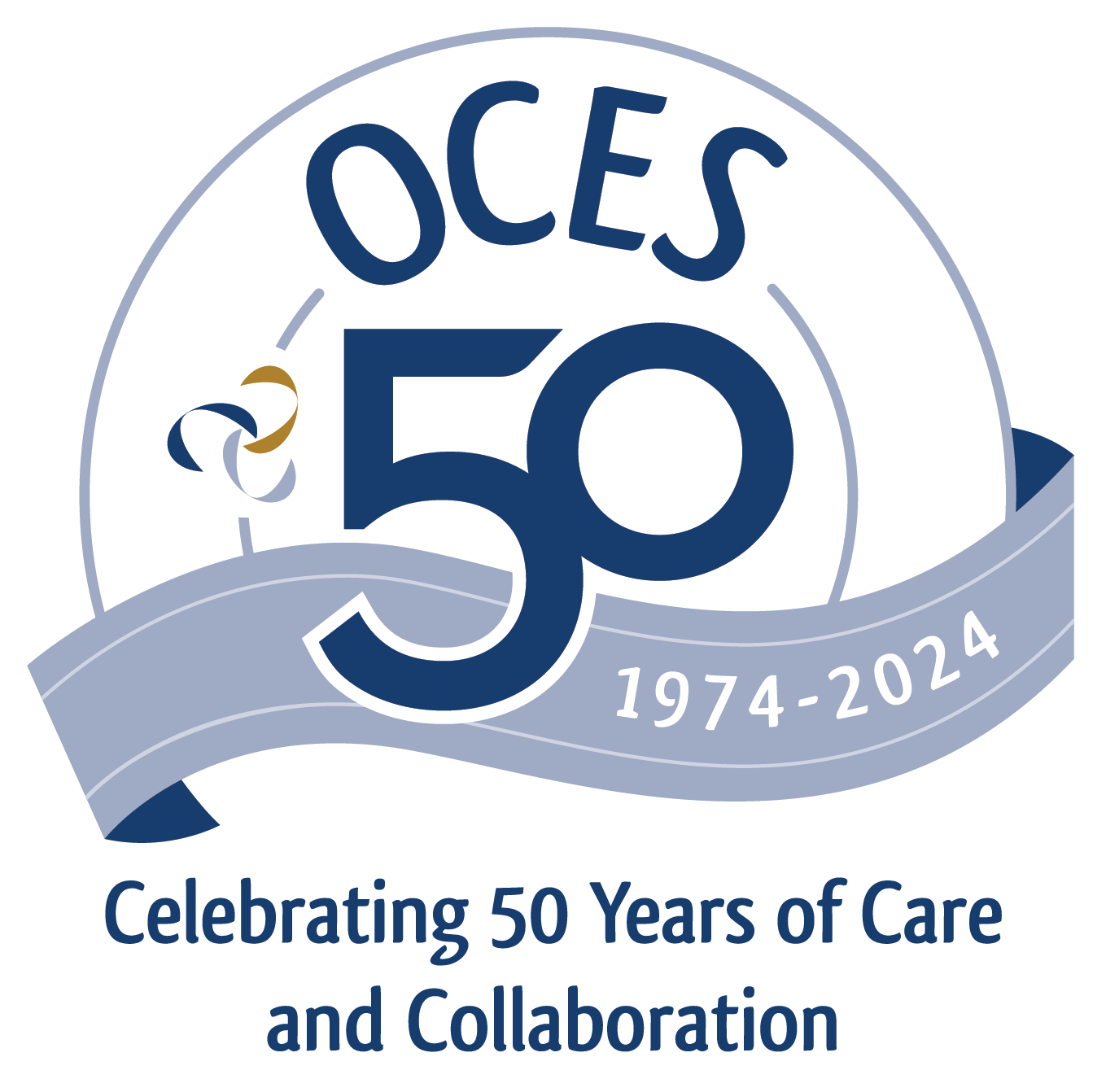On March 18, 2020, President Trump signed the Families First Coronavirus Response Act into law. The act requires employers to provide paid leave for some employees related to the coronavirus (COVID-19) pandemic, among other measures. The law is effective from April 2 to Dec. 31, 2020.
FMLA Expansion
Covered Employers: Employers with fewer than 500 employees.
Covered Employees: Any employee who has been employed for at least 30 calendar days. An exemption exists for employers with employees who are health care providers or emergency responders.
Covered Leave Purpose: To care for a child under 18 of an employee if the child’s school or place of care has been closed, or the childcare provider is unavailable, due to a public health emergency, defined as an emergency with respect to the coronavirus declared by a federal, state, or local authority.
Duration:
- Up to 12 weeks of job-protected leave.
Compensation:
- No pay for first 10 days of leave (employee can elect to use any other leave available to them, including the emergency sick leave discussed below). Employers may not require employees to use paid leave during this period.
- After 10 days, employers must pay two thirds of the employee’s regular rate of pay for the number of hours they would normally be scheduled to work, capped at $200/day and $10,000 total.
Reinstatement to Position after Leave:
- The same reinstatement provisions apply under the traditional FMLA. However, restoration to position does not apply to employers with fewer than 25 employees if certain conditions are met: The job no longer exists because of changes affecting employment caused by an economic downturn or other operating conditions that affect employment caused by a public health emergency, subject to the following conditions: the employer makes reasonable efforts to return the employee to an equivalent position, and the employer makes efforts to contact a displaced employee if anything comes up within a year of when they would have returned to work.
Paid Sick Leave
Covered Employers: Employers with fewer than 500 employees.
Covered Employees: All employees (no matter how long they have been employed). Employees who are health care providers or emergency responders may be excluded.
Covered Leave Purposes:
- When subject to federal, state, or local quarantine/isolation order;
- When advised by a health care provider to self-quarantine (due to concerns related to COVID-19);
- When experiencing symptoms of COVID-19 and seeking a medical diagnosis;
- When caring for an individual doing #1 or #2;
- When caring for a child whose school or place of care is closed due to COVID-19;
- When the employee is experiencing any other substantially similar condition
Duration of Leave:
- Full time employees are entitled to 80 hours of paid sick leave.
- Part time employees are entitled to sick leave equal to the number of hours worked on average over a typical two-week period.
Rate of Pay:
- Sick leave must be paid at the employee’s regular rate of pay for leave used for the employee’s own illness, quarantine, or care – (1, 2, and 3 described above). Pay is capped at $511/day and $5,110 total.
- Sick leave must be paid at two-thirds of the employee’s regular rate if taken to care for a family member or to care for a child whose school has closed, or if the employee’s childcare provider is unavailable due to the coronavirus – (4, 5, and 6 described above). Pay is capped at $200/day and $2,000 total.
Health Plan Benefit Mandate
- The act requires all insured and self-funded medical plans, including grandfathered plans, to cover diagnostic testing-related services for COVID-19 at 100 percent without any deductibles or co-pays.
- Examples include services provided by doctors, emergency rooms, and urgent care centers leading up to the decision that testing is needed, along with the actual lab-based testing.
- The mandate does not apply to treatment.
Payroll Tax Credit
- Applies to both the emergency FMLA expansion and the emergency sick leave.
- Dollar for dollar credit for sick leave and paid FMLA wages against the employer portion of Social Security taxes.
- Refund is possible for amounts that exceed what is available as a credit.
- Limits on what can be claimed mirror the caps for what must be paid.
For more information, contact your local Human Resources representative. The text of the bill can be found at https://www.congress.gov/116/bills/hr6201/BILLS-116hr6201eh.pdf























